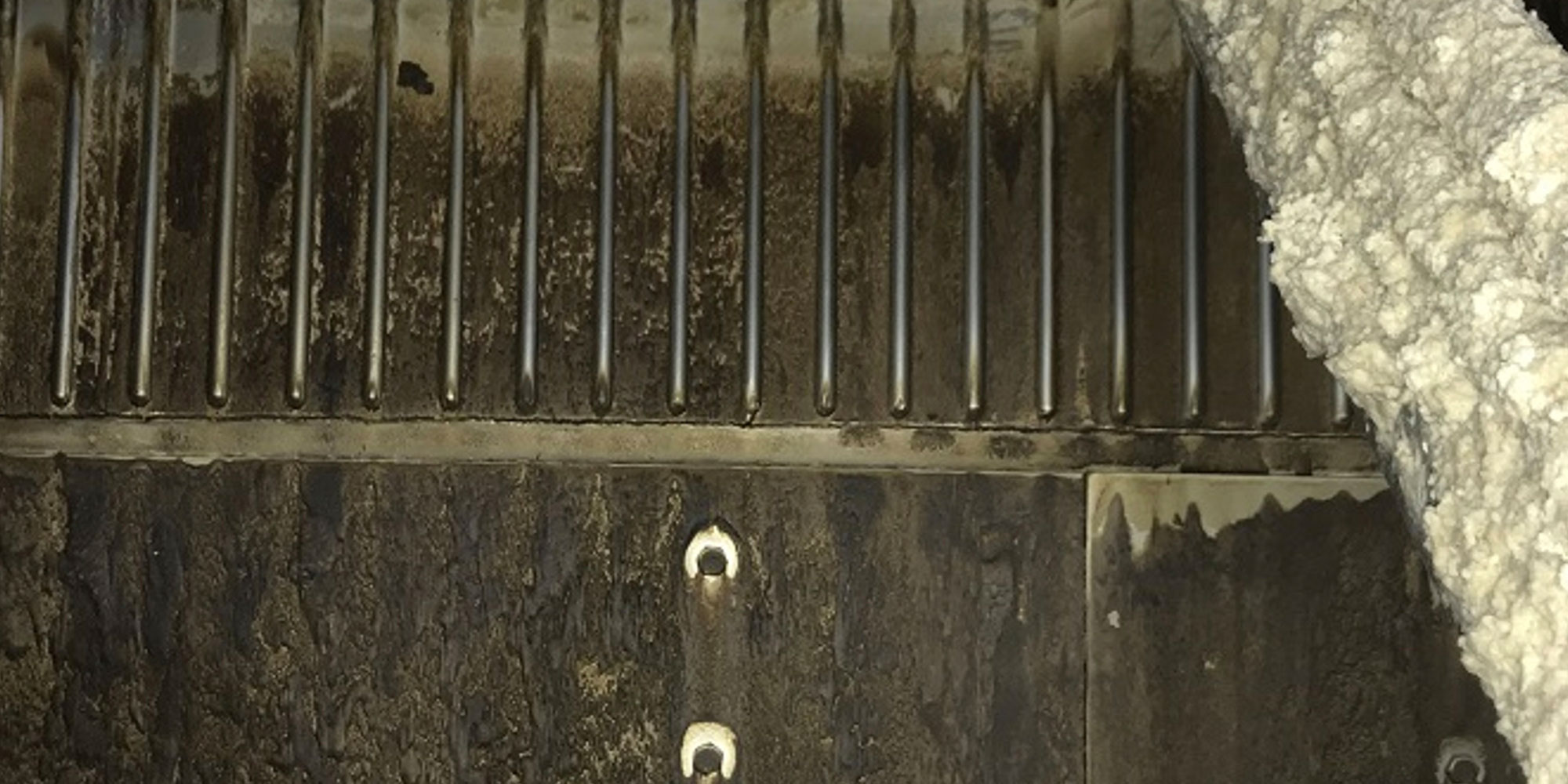Pitch Control: Insights for Solving a Sticky Situation

Pitch control is one of the perpetual challenges those running pulp and paper mills face every day. Wood species, time of year, and debarking efficiency are just a few of the variables that make good pitch control a moving target. Many of these factors are outside of your control, so it’s necessary to look for chemical solutions to keep the mill running well and consistently making a quality product.
Chemical pitch control involves multiple steps throughout the pulping process. Wood pitch is the usual focus of most attempted solutions, but not all problems blamed on pitch are actually caused by it. Pitch is only one of many hydrophobic substances that might be present in the pulping process. Other culprits could include misapplied defoamer programs, lubricating oils or leaking hydraulic fluid. Those materials attract each other, and when enough get together, regardless of source, you’ve got a situation.
For this reason many pitch control programs fail, and you’ve spent a lot of money on a program that is not solving your problem.
Making the most out of using less talc and bleach
Talc and bleach are longtime staples of the pulping process, but both face new challenges that are forcing mills to reimagine the status quo. Talc has been the go-to solution for pitch issues for decades, and it is very effective, some say, at sweeping the problem under the rug. In some cases, this is good enough, but many times, deposition issues remain. Customers are also looking for pulp that has a low ash content. They want a product that is purely wood pulp and not 2% to 4% ash, which is typically talc. In addition, the use of talc in all industries has been widely scaled back for a variety of reasons, and mill managers are now forced to employ talc-free alternatives.
Similarly, due to skyrocketing bleach prices, mill managers are looking for ways to improve both their bottom lines and environmental impacts by using bleach alternatives and additives to achieve the desired brightness results. Every additional pound of chlorine dioxide (ClO2) used means more energy is spent cooling and heating water, as well as the production of more AOX in your effluent. It also means more hazardous rail cars to unload and more potential residual health risks for your employees.
Additionally, ClO2, the most selective of the conventional bleaching chemistries, is not perfect. While it’s oxidizing the chromophores, it’s also oxidizing—and thus damaging—the wood fiber itself. This leads to lower viscosity/less fiber strength. When ClO2 is the only tool you have for achieving brightness, you end up making compromises that can hurt your business.
Before you take the path of least resistance for solving these challenges, learn what all your options are for talc and bleach alternatives. Our advice: Don’t go it alone. Take the guesswork out of your chemistry and enlist the expertise of a strategic partner to conduct a deep dive into your operation and processes, and identify all the chemical solutions available for your unique set of challenges.
Digitization and a holistic approach to pitch control
The other big-picture piece of the pitch control equation to keep in mind when altering your processes is expanding your use of digital monitoring technology. Due to factors like the decreasing availability of qualified talent, as well as budget constraints, there are fewer people with less experience tasked with doing more things. Implementing more robust digital solutions can provide significant value-add, allowing your people to focus on what they do best.
Look at your pitch control processes holistically. This approach can not only help you to continually optimize and improve your processes, but also extend the life and boost performance of your capital assets. That may involve installing extra monitors, installing new measuring tools, or introducing new controls into your processes. There are also ways to enhance efficiencies so pitch treatment at the first stage improves output, which enhances the next stage, and so forth. If you are able to track all that additional data—and properly interpret it—you can gain new insights into your operation and increase profits, improve sustainability efforts, and identify potentially troublesome situations before they grow into full-blown problems.
Don’t let pitch stick around
Buckman offers a range of pitch-control solutions for every stage of your operation. Here’s an example:
Buckman® 280 is an organic polymer that keeps pitch particles from melting and agglomerating, which keeps them from leaving large deposits on your equipment or in the sheet.
Read the Brochure | Watch the Video | Visit the Website
Learn more about Buckman’s pitch control strategies on our website.
Return to blog